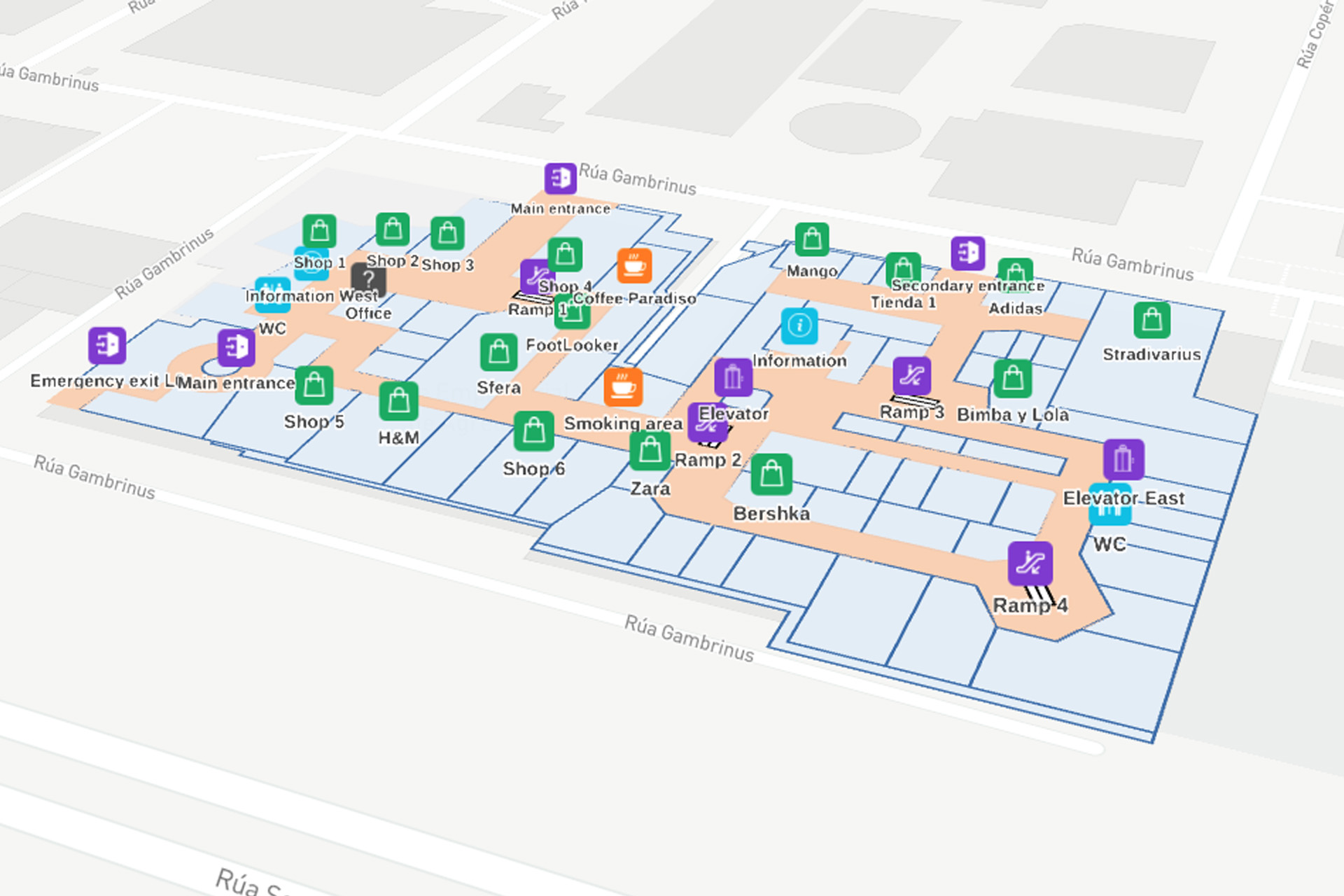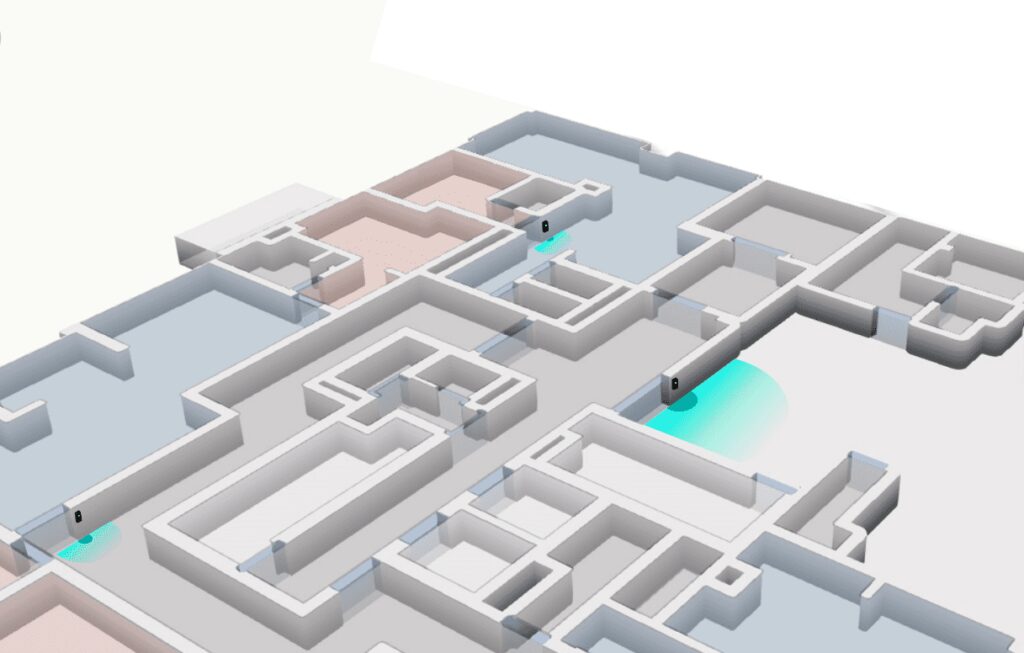
Are you thinking about creating an indoor map for your business?
The demand for precise and user-friendly navigation systems is higher than ever. Indoor mapping has evolved far beyond its traditional applications, becoming an essential tool for businesses in various industries.
From improving customer experiences in malls and airports to optimizing space in corporate campuses and hospitals, indoor mapping is shaping the way we interact with indoor spaces.
Powered by cutting-edge technologies like AI, AR, and IoT, these solutions are transforming navigation into a seamless, interactive, and secure experience. Below, the Volpis team shares the top trends driving innovation in the indoor mapping space.
Consistently recognized as one of the top software development companies on Clutch, the Volpis team has spent years providing indoor mapping services to businesses across diverse industries. Here, they will share the top trends that make waves in the world of indoor mapping:
Table of Contents
1. AI and Machine Learning Take Over
AI and machine learning are changing the game for indoor mapping. These technologies help maps adjust in real-time, making navigation more accurate and personalized. Businesses are also using AI to predict traffic flow and optimize spaces for better use.
2. Data Privacy and Security on the Rise

Source: teleperformance.com
As indoor mapping becomes more common, protecting user data is a top priority. Companies are focusing on anonymizing data and using secure transmission methods to keep information safe. This trend ensures indoor mapping services meet global data protection laws.
3. AR Enhances User Experience
Augmented Reality (AR) is making indoor maps even cooler. By layering digital info over real-world spaces, AR helps people navigate places like malls and airports more easily. This trend is all about improving customer engagement and making navigation a breeze.
4. Indoor Mapping Expands to Multiple Locations
Indoor mapping is no longer just for single buildings. It’s now being used in larger spaces, like corporate campuses and hospitals. This expansion makes it easier to manage big areas and offer a consistent navigation experience across different venues.
5. IoT Powers Real-Time Mapping

Source: redplanetgrp.com
IoT (Internet of Things) is taking indoor maps to the next level. Smart sensors and beacons provide real-time location data, making maps more accurate. This is helping create more responsive navigation systems that adapt to changes in the environment.
6. Customization and Scalability Are Key
Businesses want indoor mapping solutions that can be customized and scaled as they grow. This has led to the development of flexible mapping platforms that can be adjusted to fit different needs. Customization ensures maps work for specific industries and grow with the business.
7. Integration with Other Systems
To make things even smoother, indoor mapping services are now integrating with systems like CRM and ERP software. This helps businesses use location data for better decisions and more efficient operations.
8. Sustainability Drives Mapping Solutions
As businesses increasingly focus on sustainability, indoor mapping is playing a role in reducing energy consumption. By integrating with smart building systems, indoor maps can help optimize lighting, heating, and cooling systems based on real-time occupancy. This not only reduces environmental impact but also cuts operational costs.







